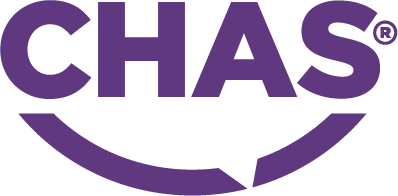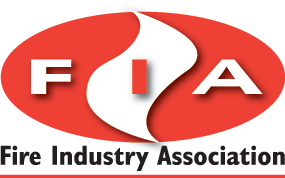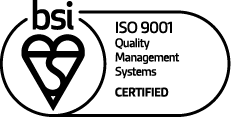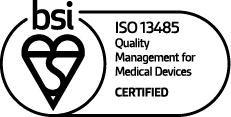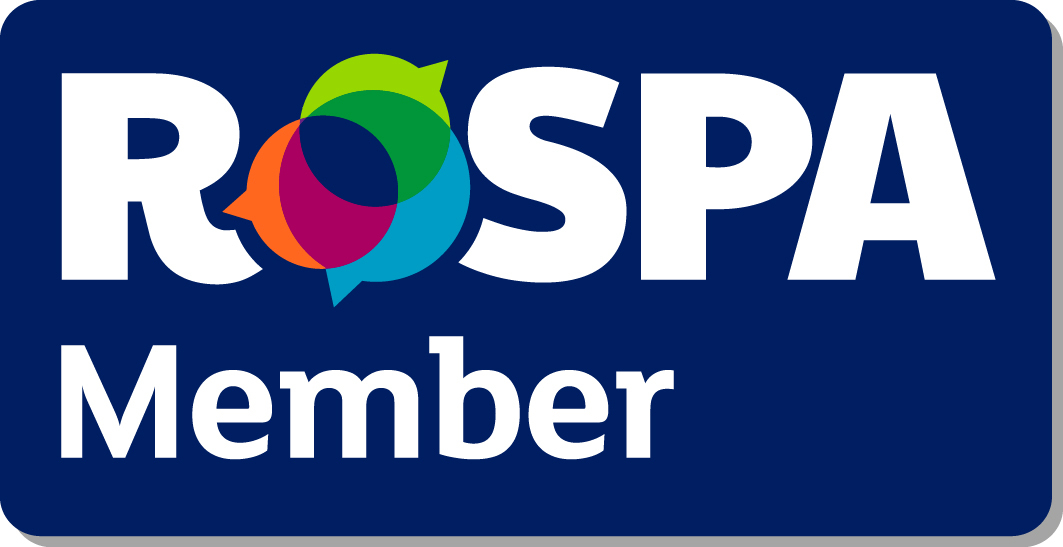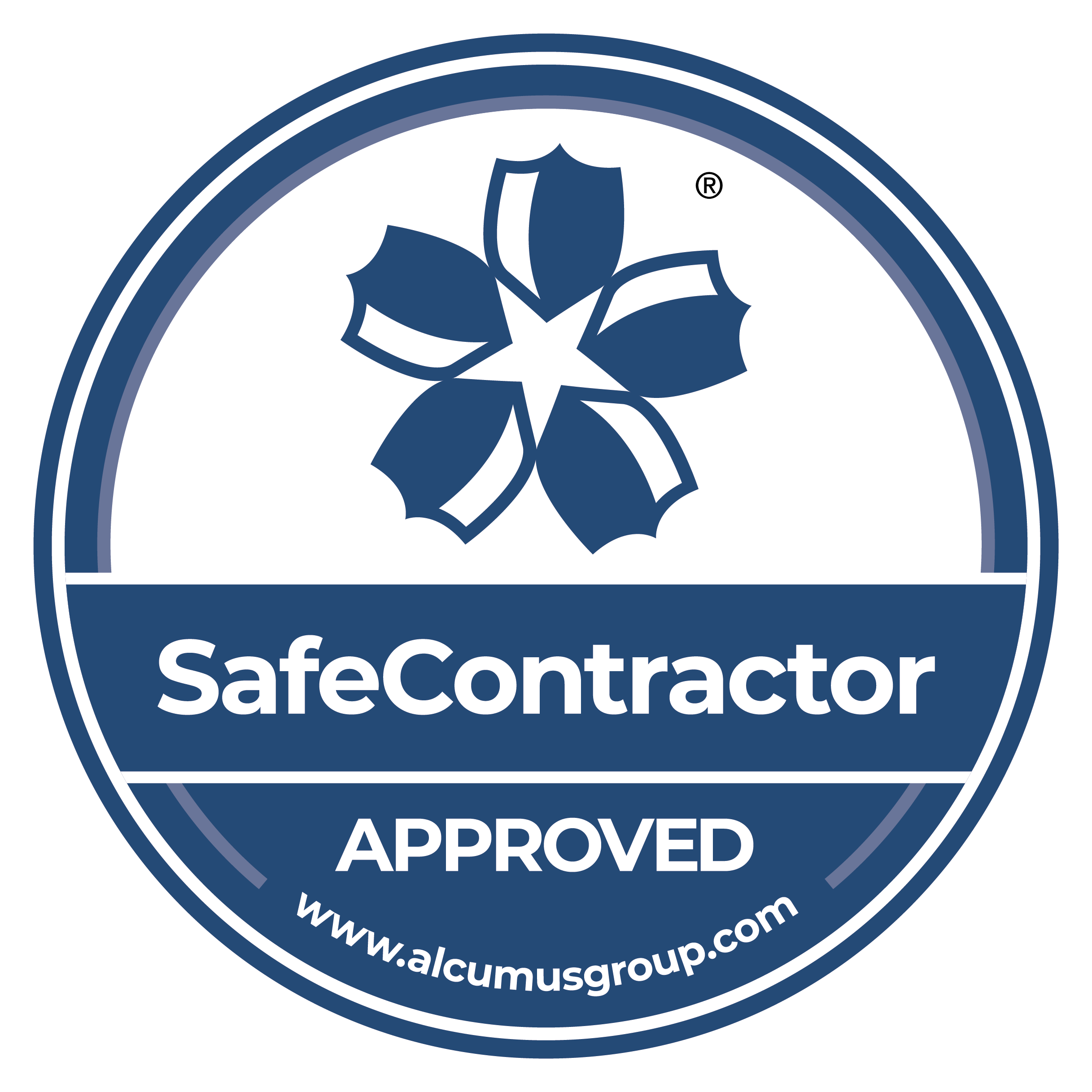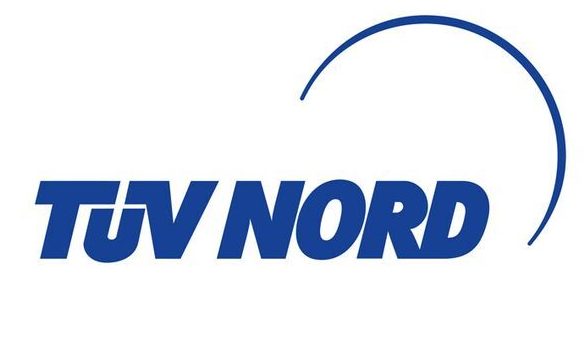The changing landscape of evacuation plans
Evac+Chair International are urging businesses and organisations around the UK to be aware of their legal responsibility in properly evacuating all employees – not just those who use wheelchairs or are temporarily or permanently disabled. Due to legislation changes, employers have a new role in evacuating all employees, including training their employees in how to operate evacuation equipment.
Legislation changes
Many organisations may be unaware that it’s no longer the responsibility of the fire service to co-ordinate the rescue and evacuation of occupants within their premises.
The Regulatory Reform (Fire Safety) Order 2005 places a legal duty on those individuals with responsibility over the management and operation of the premises to provide adequate means of escape in the event of a fire for all building occupants – not just their employees but all individuals on-site including those who may be visitors to the building.
The Equality Act (2010), which replaced the majority of the Disability Discrimination Act, underpins fire safety legislation by stating that where an employer or service provider does not make provision for the safe evacuation of disabled people from its premises, it may be viewed as discrimination.
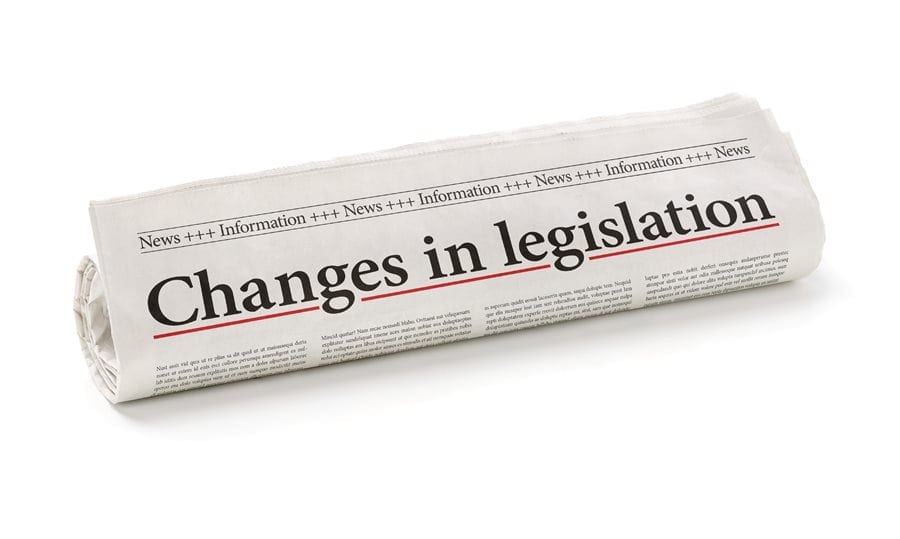
Evacuating employees and visitors with special needs
The majority of employers do consider the measures for a safe evacuation of employees who are mobility impaired, but often ignore the needs of pregnant or bariatric employees. These individuals may require specific equipment and evacuation plans to facilitate their safe exit during an emergency.
Under The Management of Health and Safety at Work regulations1999, employers are legally obligated to carry out a full risk assessment of employees who are expectant mothers.
A Personal Emergency Evacuation Plan (PEEP) will be required for an expectant mother who is experiencing mobility difficulties, particularly in the third trimester where stress and fatigue are major considerations during an event such as an emergency building evacuation. With recent news reports indicating a rise in pregnancy rates, employers should take action to ensure that pregnant workers are not exposed to any significant risks by carrying out a full risk assessment, which should also be carefully reviewed throughout the duration of the worker’s pregnancy. Any risks discovered in the assessment should be quickly mitigated.
The provision of facilities for the safe emergency evacuation should also be considered an important part of the fire risk management process. With lifts not in use, pregnant women may require the use of an aid, such as a specialist evacuation chair, to quickly and safely descend staircase.
Another consideration for employers is the rise of obesity levels, with almost a quarter of adults in England now classified as obese. The rise of obesity greatly impacts employer evacuation policies and procedures as new equipment and plans will be required to safely evacuate a heavier workforce.
Mark Wallace, Managing Director at Evac+Chair International, explains: “Evac+Chair has invested significantly in research and development and has recently launched a chair which will easily cater for a heavier weight capacity of up to 200kg. Equipment such as emergency evacuation chairs from Evac+Chair provides businesses with the opportunity to easily comply with legislation changes which require safe evacuation for employees of all sizes.”
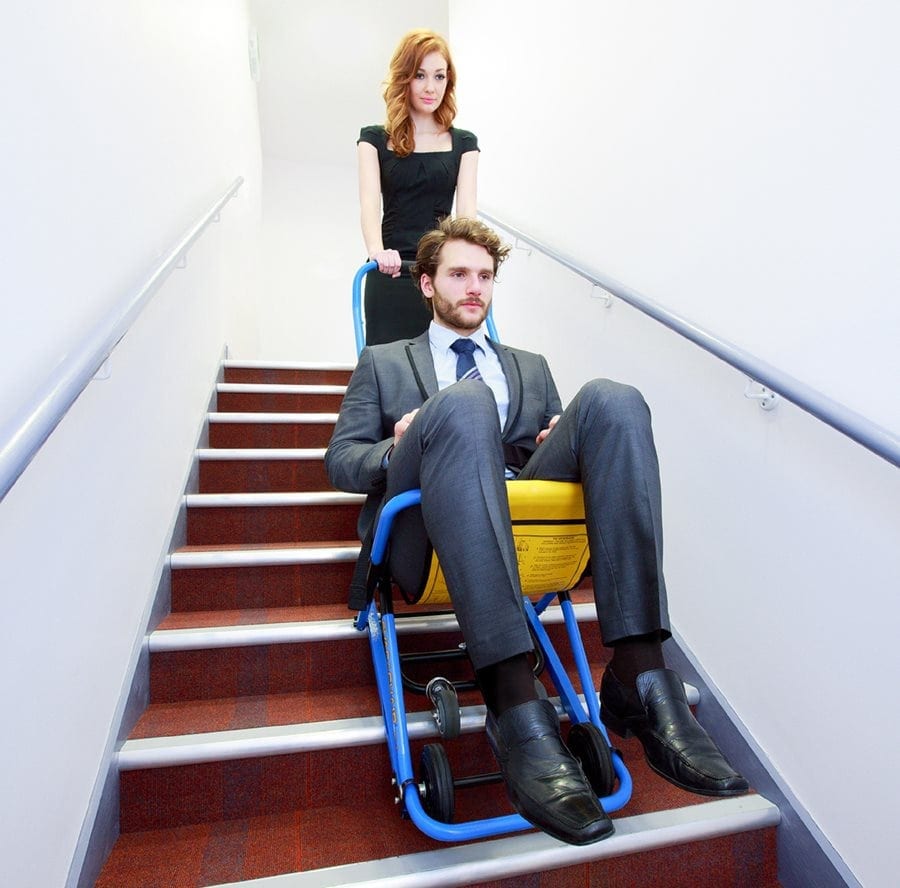
Providing necessary training
Just as it is critical for employers to be responsible for properly evacuating employees, it is equally crucial for them to have the appropriate evacuation equipment and ensure their employees are suitably trained to use the on-site equipment.
“Evac+Chair International conducted a survey of 200 businesses and found that whilst most companies are carrying out evacuation drills regularly, many are failing to incorporate additional safety equipment into these drills,” says Wallace.
Worryingly, 40 percent of businesses that responded said that they owned evacuation chairs but did not use them in evacuation drills and 15 percent said they have never carried out a practice session with the equipment, leaving mobility-impaired employees and visitors at serious risk in an emergency.
The survey also revealed that many companies have lost the trained employee responsible for health and safety equipment, such as an evacuation chair, during the recession. Whilst the majority of these companies (73 percent) have transferred this responsibility, worryingly, 40 percent are not yet trained in using this equipment.
Mark Wallace, comments: “For many companies, buying an evacuation chair enables them to comply with certain legislation. However, unless staff are fully trained and the equipment is regularly practised on, it will not serve its purpose in the event of an emergency, such as a fire.”
To make certain that workers are educated in how to operate on-site emergency equipment, businesses can have their employees undertake a full day of training with Evac+Chair training specialists. The ‘Key Trainer Master Class’ programme provides comprehensive training on how to assist someone in using the equipment in an urgent situation and enables trained staff to instruct other colleagues in a flexible and cost-effective way.
Mark Wallace adds: “Training and familiarity with emergency equipment are the nuts and bolts of any approach to emergency evacuation procedures. Both senior and facilities managers must endorse a top-down approach to ensuring staff are properly trained in how to safely evacuate both staff and visitors in the event of an emergency. Understanding this core principle is the basis of making any proposed reforms successful.”
Safety in the future
Legislation changes have altered health and safety evacuation roles and responsibilities in the current business world. Social trends, such as increasing obesity and a rise in pregnancy rates, should also impact on how employers plan for evacuating all employees in the event of an emergency.
Employers must now focus on making the appropriate plans for evacuation. It is critical for employers to be up-to-date with their health and safety procedures and to have adequate equipment to comply with current legislation, as well as providing employees with continued practice drills and ensuring employees are well trained in operating on-site evacuation equipment.











